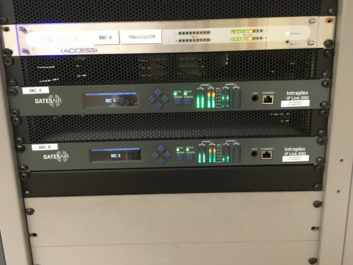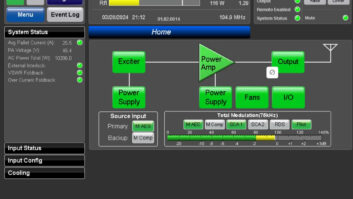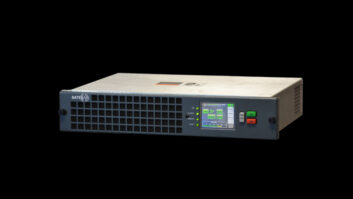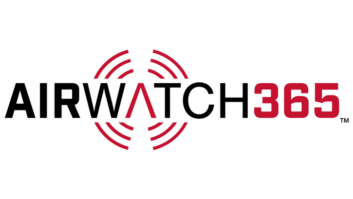 The author is chief engineer of Minnesota Public Radio.
The author is chief engineer of Minnesota Public Radio.
Legacy T1 circuits have long provided radio broadcasters with a reliable way to contribute and distribute program audio. The telecom industry’s transition to IP has introduced challenges to broadcasters with existing T1 infrastructures.
While many of these TDM-based networking and transport systems remain in service, the price of T1 circuits continues to rise while quality of service has grown uneven. Telcos have also shortened contractual renewals for these circuits, with an obvious eye toward a T1 sunset.
Minnesota Public Radio and American Public Media, with 46 public radio stations and 41 translators serving listeners in eight states, are among those that retain a high-performing T1 infrastructure for audio contribution and distribution.
[Read More Buyers Guide Reviews Here]
We currently operate a hybrid infrastructure that includes IP codecs from a mix of vendors.
Management of our long-distance connections to the PRSS NOC is among my key responsibilities. Our APM program portfolio, which includes BBC World Service, C24 and Marketplace, reaches nearly 17 million listeners each week. To maintain that level of listenership we need to ensure our programs reach ContentDepot in Washington, and for this we have long relied on GatesAir Intraplex T1 equipment.
With T1 services fading, we are transitioning these circuits to IP with GatesAir. We now uplink a number of live streams using Intraplex IP Link 200 codecs. Full-time 24/7 streams include the BBC World Service and our own C24 Classical Music Service. BBC is delivered from London, while we originate C24 in our St. Paul studios.
The reliability of IP-type circuits is proven, but giving up the circuit diversity that T1 offers was a concern. We have found that the IP Link 200 does the job well, including the transatlantic hop from London.
We have also established a bidirectional link between Washington and Los Angeles, and we intend to serve more points from St. Paul with additional codecs. We expect to have more than 20 IP Link 200s in service before long.
We’ve gained experience with codecs over the years, and the IP Link 200’s feature set is impressive. It’s ideal for our deployment strategy with its advanced functionalities, including two bidirectional feeds and additional front-panel monitoring/GUI features when needed.
Most important is GatesAir’s Dynamic Stream Splicing software, which lets us send multiple identical streams over two separate paths to borrow data from each other in compensation for packet loss. We also use Intraplex LiveLook software to monitor stream performance and network conditions. Both systems, notably DSS, have been invaluable to our daily operations and stream reliability.
The DSS software adds even more value when using public internet. Experience has confirmed that the IP Link 200 performs reliably and consistently over two public internet circuits with stream splicing. I expect that our first IP-based STL will be GatesAir as well.
Our initial goals with the T1 to IP transition have been modest. We wanted to efficiently and reliably deliver program audio from point A to point B, and show our staff the potential these units offer as we expand our contribution and distribution services. The IP Link 200 has encouraged us to look beyond T1 and transition more of our contribution and distribution services to IP.
Info: Contact Keith Adams at GatesAir at 1-513-459-3447 or visit www.gatesair.com.
Radio World User Reports are testimonial articles intended to help readers understand why a colleague chose a particular product to solve a technical situation.







